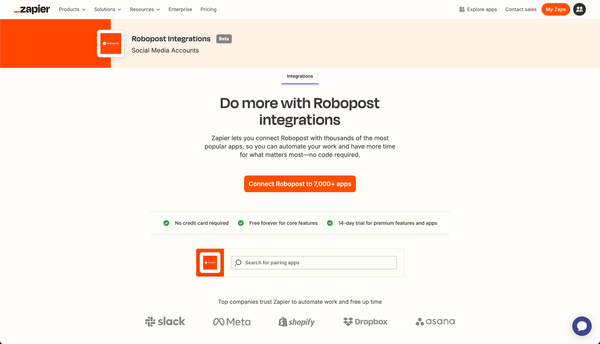Achieving a Consistent Brand Voice Across Platforms with Automation Tools
Explore how automation tools can unify your brand voice across platforms, ensuring consistency and enhancing marketing strategies.

Having a consistent brand voice on all platforms is key to building trust and recognition. Automation tools help by simplifying communication and keeping it consistent. This article looks at how to use these tools with current marketing strategies to improve brand messaging, using successful examples and considering future trends.
Key Takeaways
- Knowing the importance of a consistent brand voice boosts brand recognition and customer loyalty.
- Automation tools help keep brand messaging consistent across different platforms.
- Choosing the right automation tools means carefully evaluating your current marketing strategies and brand needs.
- To use automation tools effectively, train your teams and regularly check how well the tools are working.
- Keeping up with new technologies and consumer expectations is key to handling future branding challenges.
Understanding the Importance of a Unified Brand Voice
A brand voice is the personality and emotion in a company's communications. It reflects the company's values, mission, and what the audience expects, making it a key part of brand identity.
Benefits of Consistency in Brand Messaging
Consistent messaging builds trust and reliability among consumers, which can lead to more loyalty and customer retention. A unified brand voice helps create a cohesive brand story that connects with consumers across different platforms. Keeping a consistent brand voice across multiple platforms and teams can be tough due to different team dynamics, regional differences, and changing market trends. Good communication and regular training are essential to overcome these challenges.
Exploring Automation Tools for Brand Voice Consistency
For keeping a consistent brand voice, various automation tools are helpful. These include content management systems (CMS), customer relationship management (CRM) software, and AI-driven analytics tools. Each helps with creating, sharing, and analyzing content.
Automation tools improve brand consistency by making sure all communications follow style guides and tone rules. This reduces human errors and keeps a uniform brand voice across all platforms and customer interactions.
Selecting the Right Tools for Your Brand
Choosing the right automation tools means understanding your brand's needs and communication channels. Consider factors like the tool's scalability, how well it integrates with existing systems, and the level of customization it offers. A strategic approach ensures the tools match your brand's voice and goals.
Integrating Automation Tools with Existing Marketing Strategies
To integrate automation tools effectively, start by evaluating your current marketing strategies. Look at how well existing campaigns are performing, understand how engaged your customers are, and pinpoint areas where automation could boost efficiency and results.
To integrate automation tools to your marketing flow, you can follow these steps:
- Identify parts of your marketing strategy that could benefit from automation.
- Choose automation tools that fit your brand's goals and current technology.
- Implement the tools gradually to track their impact and make adjustments as needed.
- Train your marketing team to use the new tools effectively.
Do not forget to regularly monitor the performance of your automation tools and adjust as necessary. Set up metrics to measure success and be ready to refine your strategies based on performance data and feedback from your team.
Future Trends in Brand Voice Automation
Automation technologies are rapidly advancing, with new tools and platforms that can change how brands keep a consistent voice. AI and machine learning are leading the way, offering the ability to analyze and replicate brand tones more efficiently.
Consumer expectations are moving towards more personalized and engaging interactions with brands. Brands will need to use automation to quickly and effectively adapt, ensuring their voice stays consistent yet dynamic across all platforms.
Brands must anticipate potential challenges. This means adopting new technologies and continually evaluating and refining their strategies to maintain a strong, unified brand voice.
Conclusion
Keeping a consistent brand voice across different platforms is crucial for building trust and maintaining a clear message. Automation tools like Robopost help make this easier by ensuring that all messages are consistent and match the brand's values, no matter where they appear. Using these tools helps businesses manage their communications more effectively, improve their brand presence, and engage better with their audience. Embracing automation in brand management saves time and helps deliver a consistent message everywhere online.
